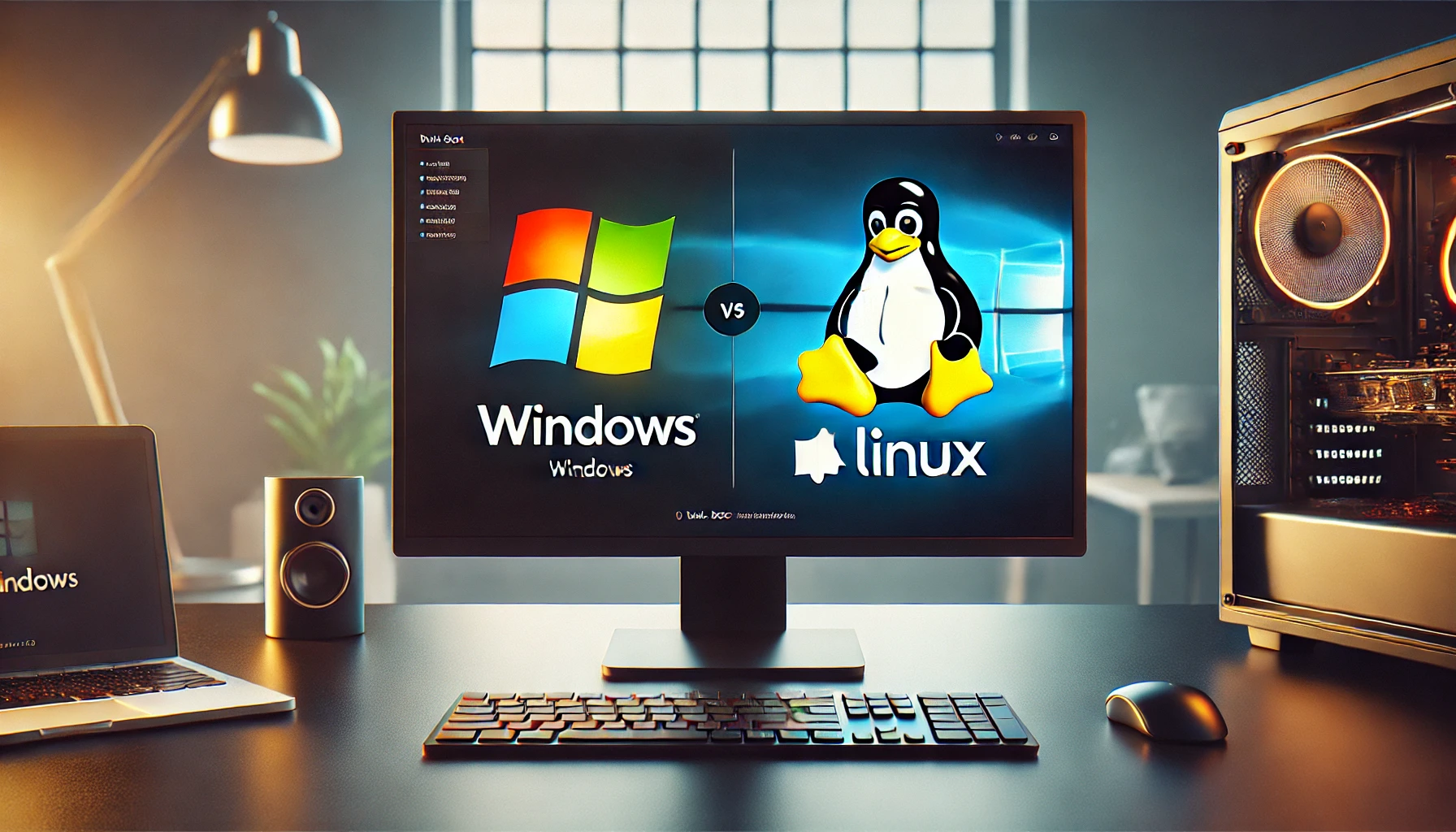
Booting and Dual Booting: Understanding the Startup Process
When a computer is powered off, its operating system remains stored on a hard drive or SSD. To function, the system must load the OS into RAM upon startup. This essential process is known as booting.
What is Booting?
Booting is the procedure that loads the operating system into a computer’s main memory, enabling it to function. This process occurs every time a device is turned on.
Types of Booting
There are two primary types of booting:
1. Cold Booting (Hard Booting)
Cold booting happens when a computer starts from a completely powered-off state. The system undergoes a Power-On Self-Test (POST) to initialize hardware components before loading the OS from storage into RAM.
2. Warm Booting (Soft Booting)
Warm booting occurs when a system restarts without being powered off completely. It can be triggered via a restart command or specific key combinations. Unlike cold booting, warm booting skips some hardware checks, leading to a faster startup.
Understanding Power-On Self-Test (POST)
POST is an initial diagnostic check performed when a computer starts. It ensures that essential hardware like the CPU, RAM, and storage drives are functional. If issues arise, the system may produce error codes or beep signals to indicate problems.
What is the Master Boot Record (MBR)?
The Master Boot Record (MBR) is a critical sector located at the beginning of a hard drive. It contains partition details and bootloader instructions that guide the system in loading the OS. The BIOS or UEFI firmware first accesses the MBR to determine which OS to boot.
The Booting Process Explained
A computer must locate and load its kernel to function. The Bootstrap Loader, typically stored in the BIOS, plays a key role in this process:
- The system starts and runs POST.
- The BIOS searches for a bootable device based on user-defined boot order (e.g., CD/DVD, hard drive, network).
- The Bootloader is loaded from the MBR.
- The bootloader loads the operating system kernel into RAM.
- The OS initializes drivers and services, preparing the system for use.
What is Dual Booting?
Dual booting refers to installing multiple operating systems on a single computer, allowing users to choose one at startup. A boot manager (e.g., GRUB) facilitates this selection process.
How Does Dual Booting Work?
- The system has multiple partitions, each containing a different OS.
- The boot manager detects installed OS options and presents a selection menu at startup.
- The user selects an OS, and the boot manager loads its kernel accordingly.
Booting vs. Dual Booting: A Comparison
| Parameter | Booting | Dual Booting |
|---|---|---|
| Definition | Starts a single OS | Runs multiple OS options |
| Purpose | Loads OS into memory | Enables OS selection at startup |
| Single OS | Yes | No |
| Configuration | Direct OS boot | Requires a boot manager |
| Setup Complexity | Simple | Requires extra configuration |
| Resource Utilization | Uses full system resources | Resources are shared |
Conclusion
Booting is the essential process of starting a computer by loading the operating system into RAM. Dual booting, however, allows multiple OS installations, letting users choose one at startup. While booting is straightforward, dual booting requires additional setup and management.
Frequently Asked Questions (FAQs)
How can I set up a dual boot system?
To create a dual boot system, partition your hard drive, install each OS separately, and configure a boot manager like GRUB.
Can I dual-boot different versions of the same OS?
Yes, you can install multiple versions of the same OS (e.g., Windows 10 and Windows 11) on separate partitions.
What is a boot manager?
A boot manager is software that lets users select an OS at startup. Examples include GRUB and Windows Boot Manager.
